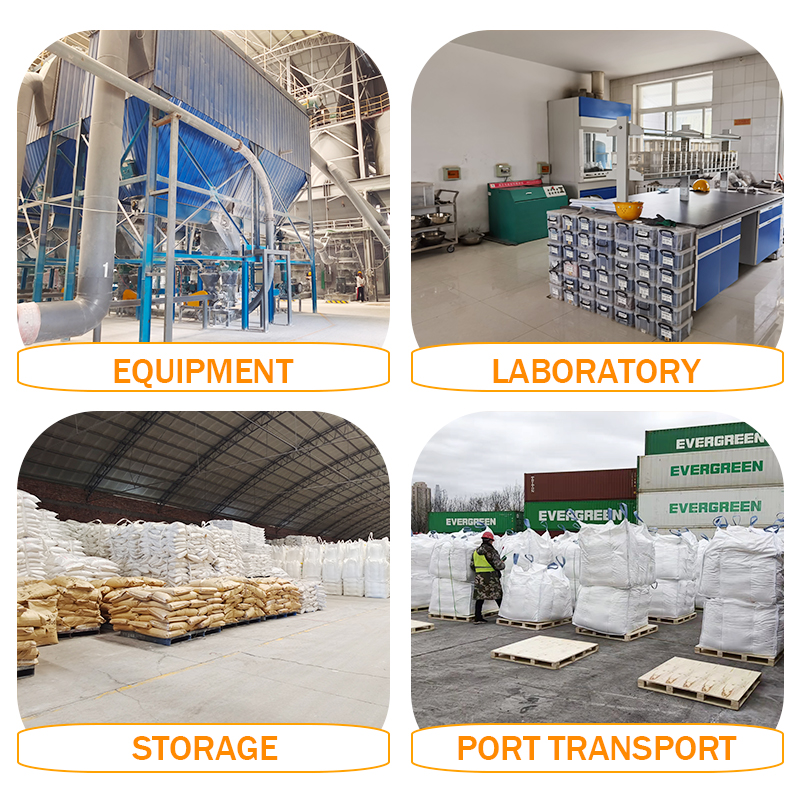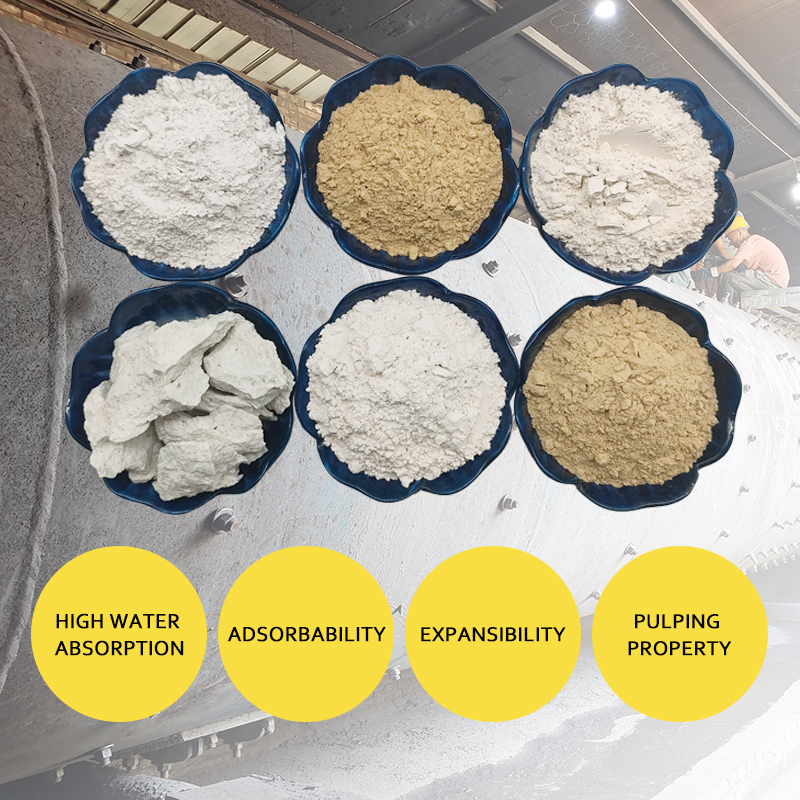Appearance of bentonite:
Unprocessed bentonite raw ore can be broken by hand, and we can see that the bentonite ore body is dense and blocky, with a greasy luster and good smoothness. Due to the depth of the ore belt, different regions, different geographical locations, and the size of Montmorillonite content, the colors we observed with the naked eye also show red, yellow, green, blue, brown and other different colors. As a special type of clay, bentonite has a wide range of uses, and its functions are also very diverse.
Below, we will introduce the five major uses and functions of bentonite:
1、 Foundry Industry
The highest consumption of bentonite in the casting industry ranks first. According to statistics, the average annual consumption of bentonite in the domestic casting industry alone is as high as 1.1 million tons.
2、 Drilling mud
Drilling mud is the second largest user in the bentonite industry, with an annual consumption of at least 600000 to 700000 tons of bentonite.
3、 Activated clay
Activated clay is the fourth largest user in the bentonite industry, with an annual consumption of 400000 tons.
According to statistics, there are only about 40 domestic manufacturers of activated clay, with a production capacity of approximately 420000 tons/year. Activated clay is a chemical product obtained from high-quality white bentonite after sulfuric acid activation treatment. High adsorption capacity is a significant characteristic of activated clay, which is similar to activated carbon and has the advantage of being cheaper than activated carbon. Activated clay has a wide range of uses, such as purification and purification of animal and vegetable oils and various minerals, regeneration of ethanol from waste oil, decolorization and purification of benzene, pesticide suspension agents, fruit juice purification and clarification, and carriers of chemical catalysts.
Post time: Jul-11-2023



